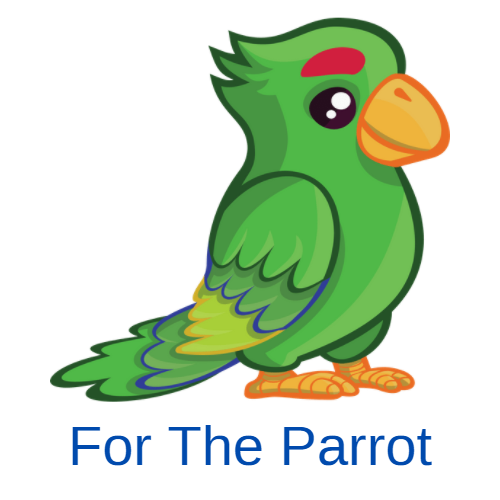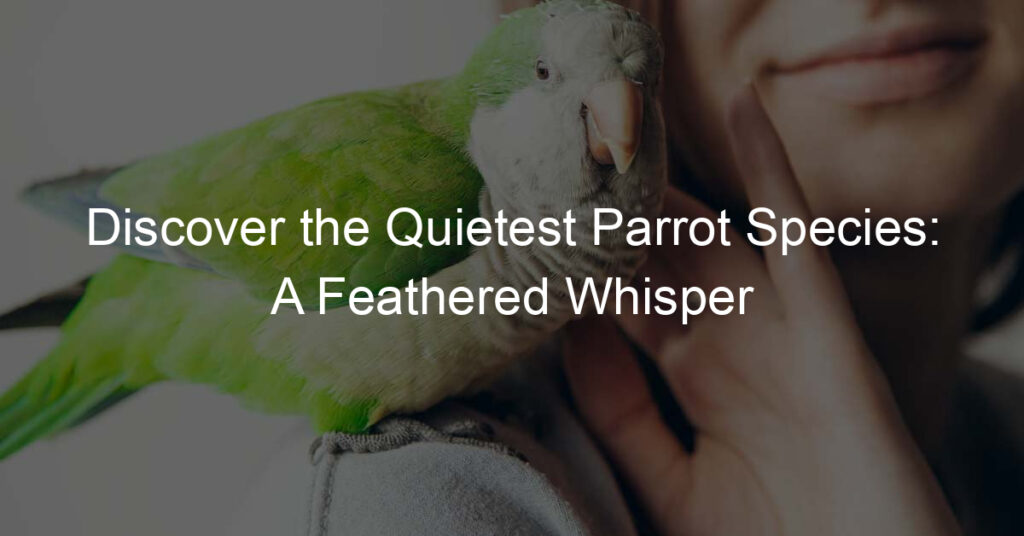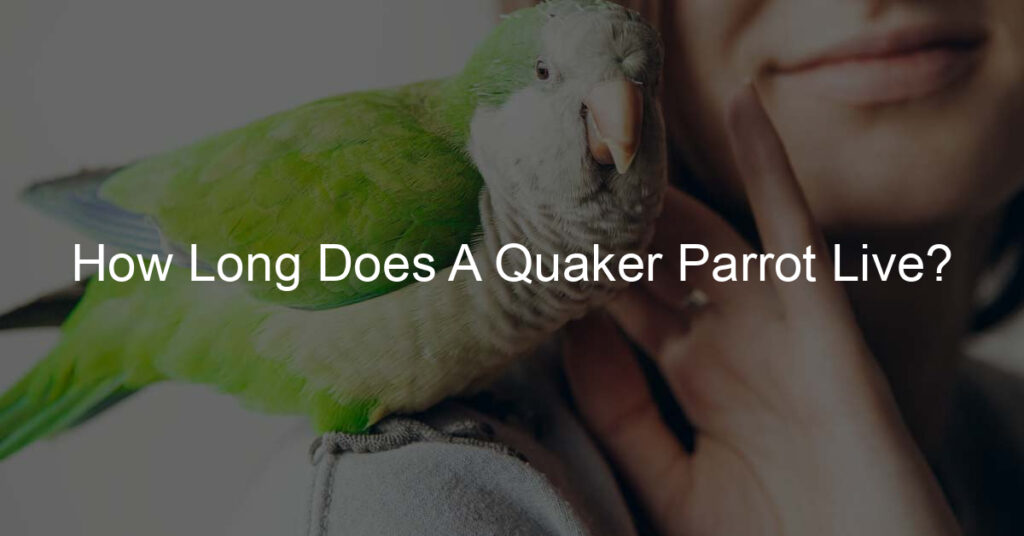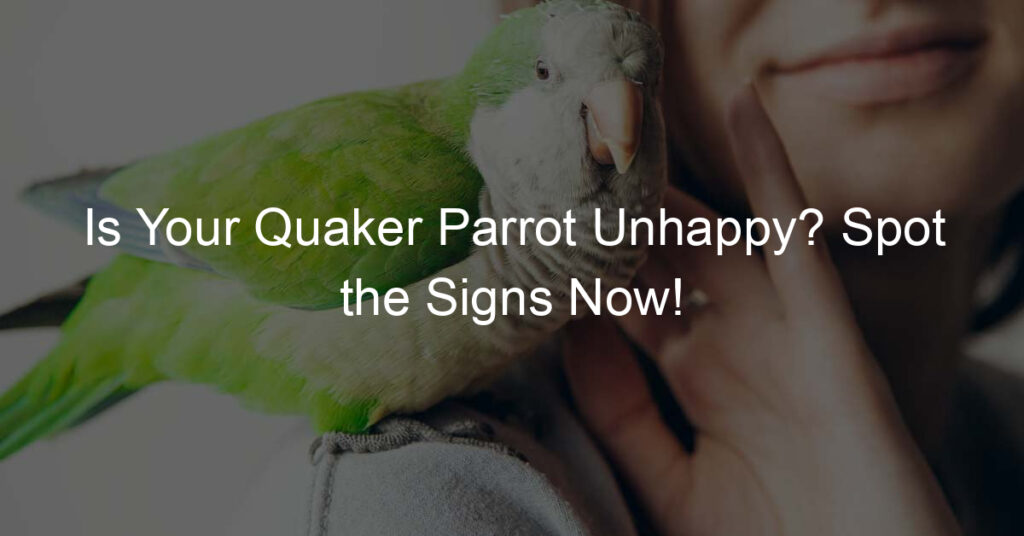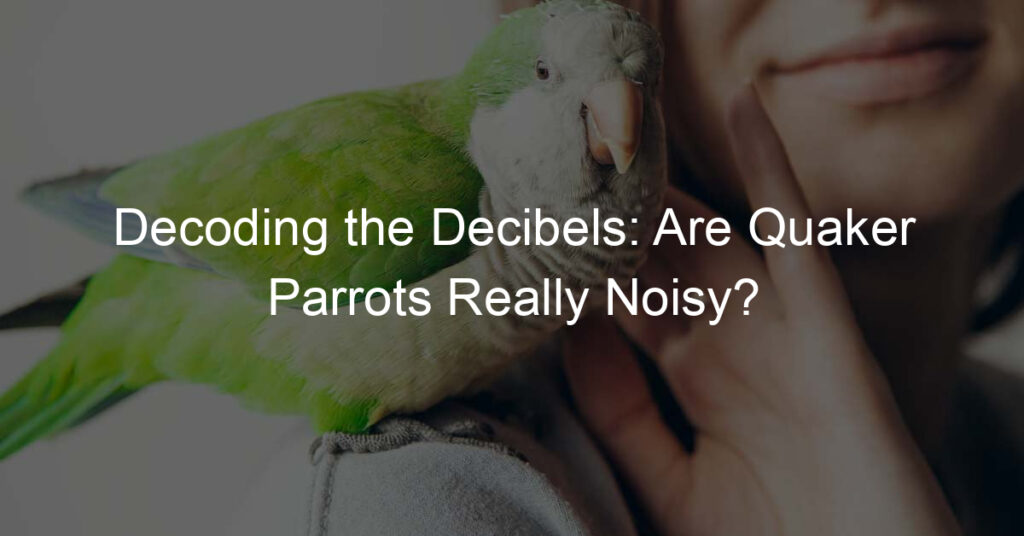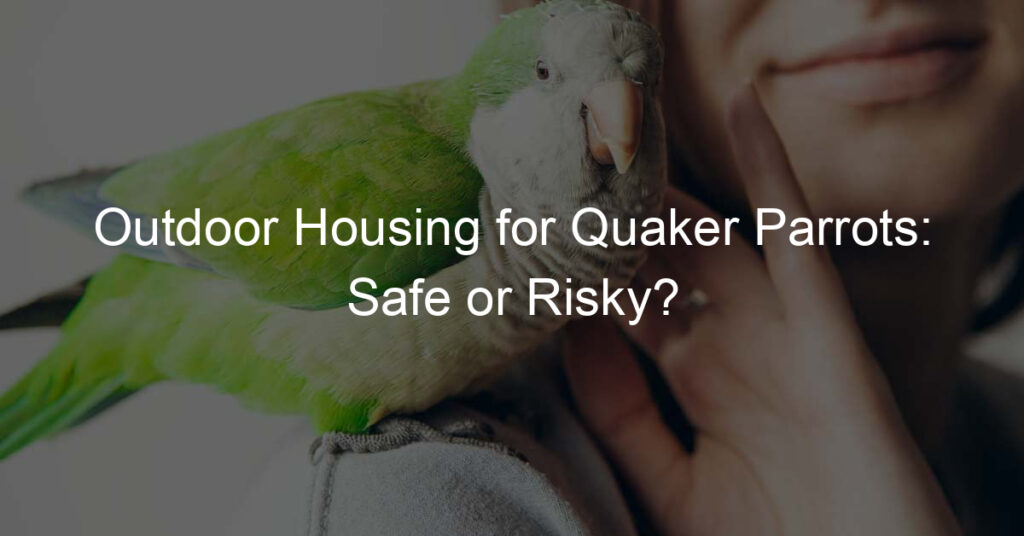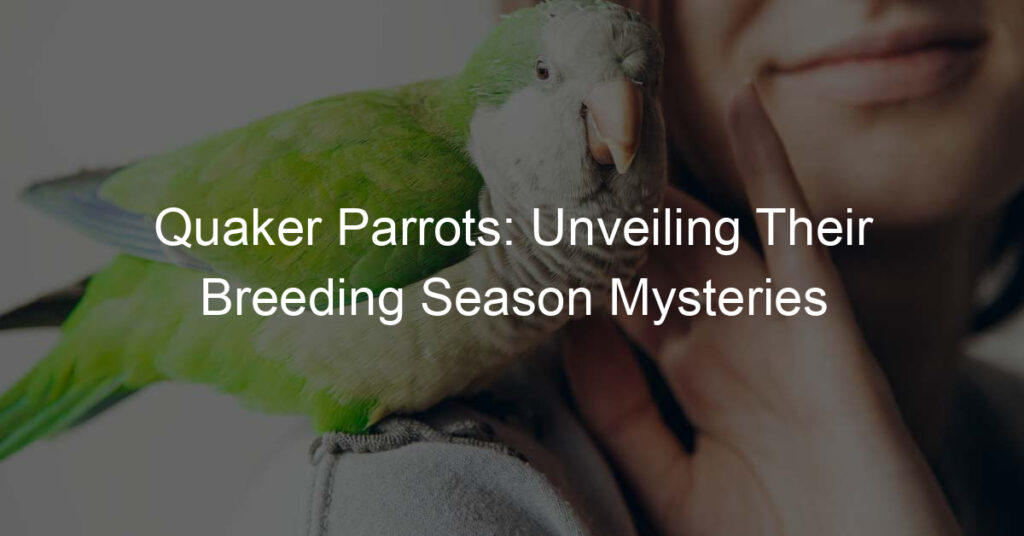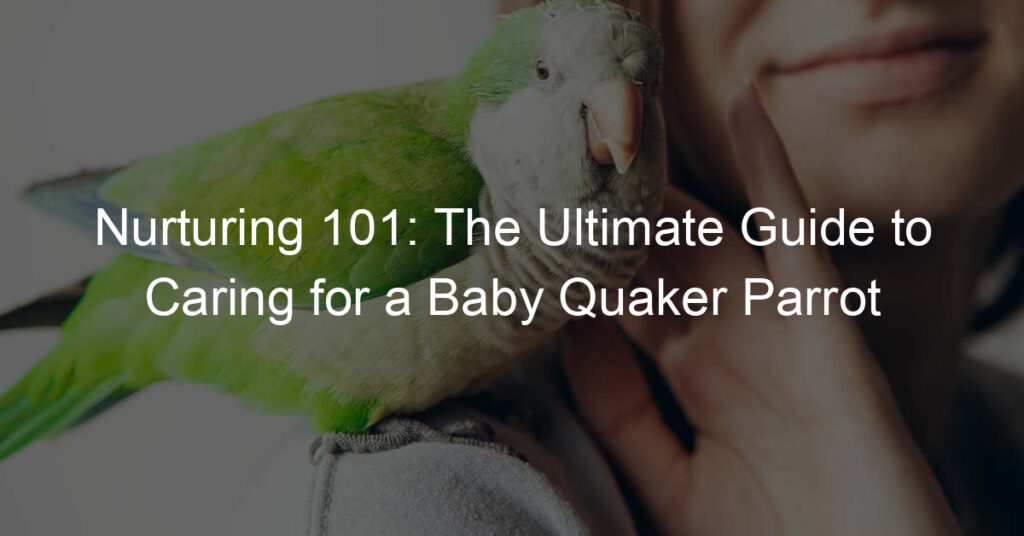
Introduction to Quietest Parrot Species
Hey there, bird lovers! Ever wished your feathered friend came with a volume control? Well, you’re in luck! We’re here to introduce you to the world of the quietest parrot species. Yes, you heard it right, parrots that won’t make your ears ring! Let’s dive in, shall we?
- Understanding the Need for Quiet Pet Birds
- Overview of Parrot Noise Levels
Imagine this: You’re sitting at home, trying to read your favorite comic book or maybe solve a tricky math problem. Suddenly, your pet parrot decides to perform its best impression of a fire alarm. Not so fun, right? That’s why some folks prefer quieter pet birds. They’re just as colorful and charming, but without the constant noise. It’s like having a rainbow in your house that doesn’t scream at you!
Now, let’s talk about parrot noise levels. If you didn’t know, parrots can be LOUD. Some parrots can reach a whopping 120 decibels. That’s as loud as a rock concert! But don’t worry, not all parrots are living loudspeakers. Some species are much quieter, making them perfect for those who prefer a more peaceful environment. We’ll get to those in a bit. Stay tuned!
So, are you ready to meet these quiet parrot species? Buckle up, because we’re about to embark on a journey to discover the whispering wonders of the bird world!
Understanding Parrot Noise Levels
Ever wondered why your feathered friend is louder than your neighbor’s rock concert? Well, buckle up, because we’re about to dive into the exciting world of parrot noise levels!
Factors Influencing Parrot Noise Levels
Just like humans, parrots have their own unique voices. Some are as quiet as a mouse, while others could give a foghorn a run for its money! But what factors influence these noise levels? Let’s find out!
- Species
- Environment
- Health
Not all parrots are created equal. Some species are naturally louder than others. For example, the Sun Conure is known for its ear-piercing squawks, while the Senegal Parrot is more of a soft-spoken gentleman. So, if you’re looking for a quiet companion, choose your species wisely!
Parrots are like sponges, they soak up the energy around them. If your home is as loud as a football stadium, don’t be surprised if your parrot starts to mimic that noise level. On the other hand, a calm and quiet environment can help keep your parrot’s noise level down. So, keep the heavy metal music to a minimum!
Parrots are pretty good at hiding their feelings. But when they’re not feeling well, they might start to squawk more than usual. This is their way of telling you that something’s wrong. So, if your parrot’s noise level suddenly goes up, it might be time for a trip to the vet.
So there you have it, folks! The secret to understanding your parrot’s noise level is as simple as knowing their species, keeping an eye on their environment, and monitoring their health. Now, go forth and enjoy the symphony of squawks!
Parrot Species Noise Comparison
Let’s dive into the world of parrot chatter and squawks! We’re going to compare the noise levels of popular parrot species and also take a peek into the wild to see how our feathered friends fare there. Buckle up, it’s going to be a noisy ride!
-
Comparison of Noise Levels Among Popular Parrot Species
Ever wondered why some parrots are louder than your alarm clock while others whisper like they’re sharing a secret? Well, it’s all about the species! Let’s take a look at some popular parrot species and their noise levels.
Parrot Species Noise Level African Grey Medium Cockatoo Loud Budgie Quiet As you can see, the Cockatoo could give a rock concert a run for its money, while the Budgie is more like a library whisperer. And the African Grey? Well, it’s somewhere in the middle, like a lively dinner conversation!
-
Case Study: Noise Levels in Wild Parrot Species
Now, let’s take a quick trip to the wild. You might think that wild parrots are louder, but that’s not always the case. Let’s look at a case study of wild parrot species and their noise levels.
Wild Parrot Species Noise Level Scarlet Macaw Loud Blue-fronted Amazon Medium Green-cheeked Parakeet Quiet Surprised? The Scarlet Macaw could probably wake up the whole jungle, while the Green-cheeked Parakeet is more like a gentle breeze in the trees. And the Blue-fronted Amazon? It’s like a babbling brook, not too loud, not too quiet!
So, there you have it, folks! The world of parrot noise is as diverse as the colors of their feathers. Remember, a quiet parrot isn’t necessarily a sad parrot, and a loud parrot isn’t always a happy one. It’s all about the species and their unique ways of expressing themselves!
Discovering Low Noise Parrot Species
Ever been woken up by a parrot’s squawk that’s louder than your alarm clock? Well, buckle up, because we’re about to embark on a journey to discover the quietest parrot species. These are the feathered friends that won’t make your ears ring!
Top 5 Quietest Parrot Species
- Species 1: Bourke’s Parrot
- Species 2: Cockatiel
- Species 3: Eclectus Parrot
- Species 4: Senegal Parrot
- Species 5: Pionus Parrot
First on our list is the Bourke’s Parrot. This Australian native is as quiet as a mouse… well, a bird version of a mouse. They’re perfect for those who love the beauty of parrots but prefer the volume knob turned way down.
Next up, the Cockatiel. These guys are like the librarians of the parrot world. They prefer to communicate in soft chirps and whistles. So, if you’re looking for a parrot that respects the ‘quiet zone’, this one’s for you!
Meet the Eclectus Parrot, the whispering wonder. They’re known for their low noise level and gentle sounds. It’s like they’ve taken a vow of silence and only break it when absolutely necessary. Talk about discipline!
The Senegal Parrot is up next. These birds are like the strong, silent types of the parrot world. They’re more into showing their vibrant colors than making a racket. A perfect choice for those who prefer their parrots seen, not heard.
Last but not least, we have the Pionus Parrot. These birds are the masters of indoor voices. They’re not into the whole ‘screaming contest’ thing that other parrots seem to love. So, if you’re after peace and quiet, the Pionus Parrot is your bird.
So there you have it, folks! The top 5 quietest parrot species that won’t have you reaching for earplugs. Remember, a quiet parrot doesn’t mean a boring parrot. They’re just more into tweeting than squawking!
Characteristics of Low Noise Parrot Species
Now, let’s get into the nitty-gritty of what makes these parrots the quietest in the birdie world. We’re going to look at their physical characteristics, behavioral traits, and sound levels. It’s like we’re bird detectives! So, grab your magnifying glass and let’s start investigating!
- Physical characteristics
- Behavioral traits
- Sound levels
First up, we have physical characteristics. Now, you might be thinking, “What does a parrot’s physique have to do with how loud it is?” Well, let me tell you, it’s not about the size of the parrot in the fight, it’s about the size of the fight in the parrot! Just kidding! Actually, smaller parrot species tend to be quieter. They have smaller vocal cords and less lung capacity, which means they can’t belt out those high notes like their larger cousins. So, if you’re looking for a quieter parrot, think small!
Next, we have behavioral traits. Some parrots are just naturally more chill. They’re the cool kids of the bird world, preferring to hang out and observe rather than squawk all day. These parrots are often more independent and less demanding of attention. So, if you’re looking for a quiet parrot, look for one that’s more of a lone wolf… or should I say, lone parrot!
Finally, we have sound levels. This one’s a no-brainer. The quieter the parrot, the lower the sound level. But did you know that some parrots can actually be trained to lower their sound levels? It’s true! With a little patience and a lot of treats, you can teach your parrot to keep it down. Just remember, no parrot is completely silent – they all need to express themselves in some way. So, if you’re looking for a quiet parrot, be prepared for some level of noise.
So, there you have it! The characteristics of low noise parrot species. Remember, every parrot is unique and will have its own personality and noise level. But with this guide, you’re well on your way to finding the perfect feathered friend for your quiet home!
Choosing the Best Quiet Parrot Species
So, you’ve decided to add a feathered friend to your family, but you don’t want a squawking alarm clock that doubles as a parrot. No worries! We’re here to help you choose the best quiet parrot species. But remember, even the quietest parrot can have its loud moments, just like when you accidentally step on a Lego piece. Ouch!
Considerations for Choosing a Quiet Parrot
Before you rush out and buy the first parrot that doesn’t squawk your ear off, there are a few things you should consider. It’s like picking out the perfect pair of shoes – you need to consider the size, style, and whether they’ll match your favorite outfit (or in this case, your lifestyle).
- Living conditions
- Family situation
- Experience with birds
Just like you wouldn’t want to live in a shoebox (unless you’re a really tiny person), parrots need space too. Consider the size of your home and the space you can dedicate to your new feathered friend. Some parrots are like introverted bookworms, they prefer a quiet, calm environment. So, if your home is more like a rock concert, a quiet parrot might not be for you.
Are you living alone, or do you have a family the size of a soccer team? Do you have young kids or other pets? Parrots are social creatures, but some prefer the quiet life, just like that one uncle who always sneaks off for a nap during family gatherings. Make sure your family situation is suitable for a quiet parrot.
Have you ever owned a bird before, or is this your first feathered rodeo? Some parrots are more suitable for beginners, while others require a bird whisperer. If you’re a first-timer, it might be better to start with a parrot that’s easier to handle, like a Budgie or a Cockatiel. They’re the bird equivalent of training wheels.
Choosing the right parrot is like finding the perfect pair of jeans. It might take some time, but when you find the right one, it’s totally worth it. So, take your time, do your research, and soon enough, you’ll have a quiet parrot that’s just right for you.
Top 3 Recommended Quiet Parrot Species for Beginners
Now, let’s dive into the world of parrots that won’t make your ears ring! Here are the top three quiet parrot species that are perfect for beginners. They’re like the librarians of the bird world!
- Species 1: The Bourke’s Parakeet
- Species 2: The Cockatiel
- Species 3: The Senegal Parrot
First up, we have the Bourke’s Parakeet. This Australian native is as quiet as a mouse…well, a bird version of a mouse. They’re known for their soft chirping and are perfect for beginners. Plus, they’re pretty easy on the eyes with their pink and blue feathers!
Next, we have the Cockatiel. This bird is like the strong, silent type of the parrot world. They might whistle a tune for you, but they’re not big on the squawking. Plus, they’re super friendly and love a good head scratch. Who doesn’t, right?
Last but not least, we have the Senegal Parrot. These birds are known for their quiet demeanor and their striking green and orange feathers. They might be a bit shy at first, but once they warm up to you, they’re as sweet as a peach!
So there you have it, folks! The top three quiet parrot species for beginners. Remember, these birds might be quiet, but they still have a lot of personality. So, get ready for some fun, feathered adventures!
Understanding Parrot Sound Levels
Ever wondered how loud your feathery friend can get? Well, buckle up, because we’re about to dive into the world of parrot decibels!
How to Measure Parrot Sound Levels
Measuring parrot sound levels is a bit like trying to catch a rainbow – it’s colorful, loud, and a little bit tricky. But don’t worry, we’ve got some tools and techniques to help you out!
- Tools and techniques for measuring parrot noise
- Interpreting parrot sound levels
- 0-20 dB: Your parrot is a whispering willow. They’re either very quiet or they’re plotting something…
- 20-40 dB: This is the ‘normal’ conversation level. Your parrot is probably just chatting about their day.
- 40-60 dB: Now we’re getting loud. This is the ‘I want attention’ or ‘I’m not happy’ level.
- 60+ dB: Earplugs time! Your parrot is either very excited, very upset, or they’ve just seen a cat outside the window.
First things first, you’re going to need a sound meter. This handy gadget measures the decibels (dB) of sound. It’s like a thermometer for noise! Just point it at your parrot when they’re in full squawk mode and voila, you’ve got your reading.
Remember, parrots are like little feathered opera singers – they can hit a range of notes and volumes. So, try to measure their sound levels at different times of the day and during different activities. This will give you a more accurate idea of their average noise levels.
Now that you’ve got your readings, it’s time to interpret them. Here’s a quick guide:
Remember, these are just guidelines. Every parrot is unique, just like us! So, don’t worry if your feathery friend doesn’t fit perfectly into these categories.
So, there you have it! You’re now a certified parrot sound level expert. Now go forth and measure those squawks!
Parrot Noise Ranking: From Loudest to Quietest
Alright, folks! Buckle up, because we’re about to embark on a wild, noisy ride through the world of parrots. We’re going to rank these feathered chatterboxes from the loudest to the quietest. So, if you’re a fan of peace and quiet, you might want to stick around for the end of the list!
- Ranking of parrot species based on noise levels
Let’s start this noise parade with the loudest of them all. The Sulphur-crested Cockatoo takes the cake with a whopping 120 decibels. That’s as loud as a rock concert, folks! Next in line is the Blue and Gold Macaw, hitting 105 decibels, which is like living next to a busy highway. The African Grey is a bit more considerate with 90 decibels, similar to a passing train.
| Parrot Species | Noise Level (Decibels) |
|---|---|
| Sulphur-crested Cockatoo | 120 |
| Blue and Gold Macaw | 105 |
| African Grey | 90 |
On the quieter side, we have the Cockatiel with 65 decibels, which is like a normal conversation. The Budgie comes in at 60 decibels, similar to background music. And the quietest of them all is the Bourke’s Parakeet with a peaceful 50 decibels, like a quiet suburb. Ah, bliss!
| Parrot Species | Noise Level (Decibels) |
|---|---|
| Cockatiel | 65 |
| Budgie | 60 |
| Bourke’s Parakeet | 50 |
- Key takeaways from the parrot noise ranking
So, what did we learn from this noisy adventure? Well, if you’re a fan of rock concerts or live next to a highway, you might not mind having a Sulphur-crested Cockatoo or a Blue and Gold Macaw. But if you prefer a quiet conversation or some background music, a Cockatiel or a Budgie might be your best bet. And if you’re all about that quiet suburban life, the Bourke’s Parakeet is the one for you. Remember, folks, choose your feathered friend wisely!
Conclusion: Embrace the Whisper of the Feathered Friends
Well, folks, we’ve squawked, chirped, and chatted our way through the world of parrots. But not just any parrots, oh no! We’ve been on a quest for the quietest, most whispery ones. So, let’s wrap this birdie banter up with a recap and some final thoughts, shall we?
- Recap of the quietest parrot species:
- Final thoughts on low sound parrot breeds:
Remember our feathery friends, the Bourke’s Parakeets, with their soft chirps that could make a mouse blush? Or the sweet Senegal Parrots, who prefer a gentle chatter over a loud squawk any day? And let’s not forget the Pionus Parrots, the masters of mellow, with their low-volume coos. These are just a few of the quietest parrot species we’ve met on our journey.
Choosing a quiet parrot doesn’t mean you’re getting a boring bird. Far from it! These low-sound parrot breeds are full of personality, charm, and yes, even a bit of mischief. They might not shake your windows with their squawks, but they’ll certainly shake up your life with their fun and feathery antics!
So, there you have it, bird lovers. Embrace the whisper of the feathered friends. Because sometimes, the sweetest sounds are the quietest ones. And remember, in the world of parrots, it’s not about the volume of the squawk, but the quality of the conversation!
Until next time, keep your bird feeders full and your hearts open to the whispery wonders of the parrot world!
